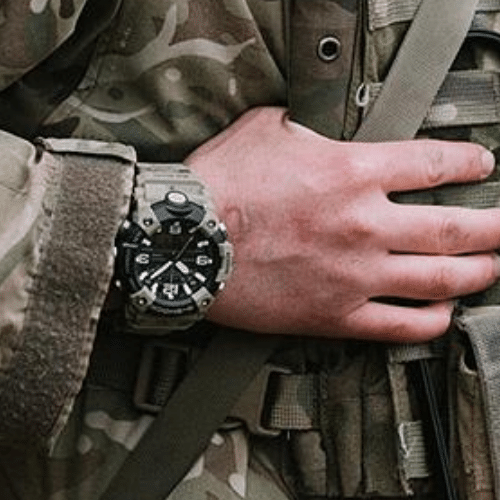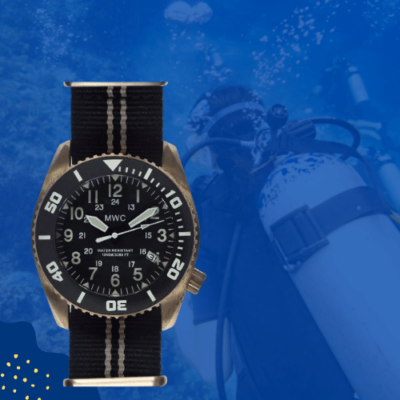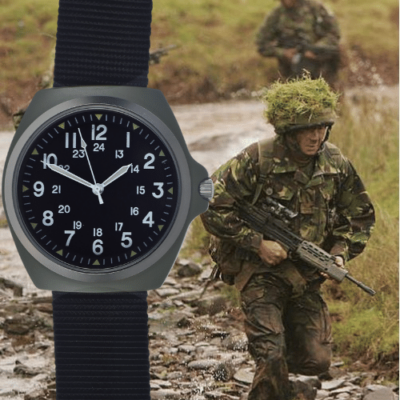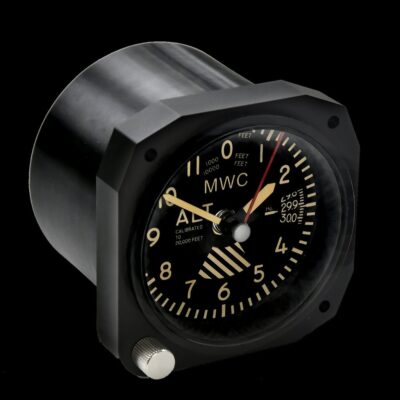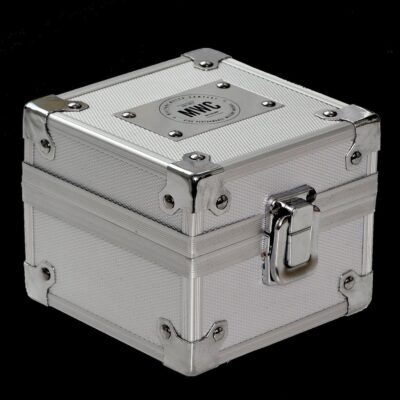News
Can B-2 Stealth Bombers Hit Russia Influential U.S. Senator Graham Threatens Moscow with Iran-Style Attack
United States Senator Lindsey Graham has cited the U.S. Air Force’s recent strikes on nuclear facilitates in Iran to issue a threat against Russia and its trading partners, warning of serious consequences for Moscow if it fails to abide by American demands over its ongoing military campaign in Ukraine within 50 days. ”If [Russian President Vladimir] Putin and others are wondering what happens on day 51, I would suggest they call the Ayatollah [Ali Khamenei],” Graham stated. The attack referred to, launched under Operation Midnight Hammer, sawseven B-2 Spirit intercontinental range stealth bombers take off from Whiteman Air Force Base in Missouri with a flight plan that indicated Guam was their destination, before unexpected striking the Fordow and Natanz nuclear facilities in Iran on June 21. The sorties took 37 hours. The bombers’ ability to launch strikes on targets across the world with little to no warning from bases on the American mainland, while using their advanced stealth capabilities to evade radar detection, made them a potent threat when first introduced into service in the late 1990s.

The B-2 was developed specifically to be able to operate deep inside Soviet airspace during the waning years of the Cold War, although rapid improvements to Soviet air defence capabilities had raised serious questions in the U.S. Air Force regarding its survivability long before the class had entered service. Although Russian air defence capabilities have advanced far more slowly than those of the USSR did, the age of the B-2’s stealth design means it is not expected to be viable for attacks on well defended targets. Unlike stealth fighters such as the F-35, which were not designed to evade detection by long waveband early warning radars, but rather to be very difficult to form target locks on, the ability to evade detection from radars in all wavebands is vital to the B-2’s survivability. The aircraft’s low speed, lack of manoeuvrability, and the lack of options for fighter escorts on longer range missions, is otherwise expected to leave it highly vulnerable if detected. Russia’s particularly large scale deployments of long waveband radars such as the Rezonans-NE and Voronezh-DM thus make its territory among the most challenging targets for B-2 strikes.

A significant factor in the favour of the B-2 fleet should a strike on Russia be launched is the vastness of Russian 17 million square kilometre territory, which has left its air defence systems, fighters and interceptors thinly stretched. Particularly in Russia’s remote Arctic, Central Asian, and Pacific regions, air defence capabilities remain limited. This situation worsened significantly both after deep cuts to the MiG-31 interceptor fleet defending these areas was made, and as two programs to develop a successor to the aircraft were terminated, and a third seriously delayed. As a result, even if B-2s are detected, they potentially could be used for strikes on remote facilities of economic significance such as Arctic oil installations. Should the Russian Armed Forces fail to anticipate the locations of the attacks, the services may struggle to meet the threat, particularly as the B-2’s stealth capabilities will require the aircraft to be engaged at shorter ranges.

Unlike Iran, Russia has invested heavily in its air defence capabilities, with the backbone of its network formed by the S-400 long ranged system. This has recently been accompanied into service by the S-500 system, which is particularly well optimised for neutralising large strategic aircraft like bombers, and has a 600 kilometre engagement range. These systems are nevertheless more limited in their ability to cover large areas than fighters or interceptors, with a primary rationale for the Soviet Union developing the MiG-31 being the inability of ground-based systems to provide sufficient coverage over remote regions.
A successor to the MiG-31 is currently under development under the PAK DP program, which is considered critical to defending Russia’s Arctic and Central Asian territories as the U.S. modernises its strategic bomber capabilities with the introduction of the B-21 in the early 2030s. Major delays to the PAK DP program, however, which was initially reported by officials to be intended to bring an interceptor into service in the late 2020s, has raised the possibility that Russian territory will be left more vulnerable as the B-21 is introduced. Delays of close to a decade in bringing the S-500 into service have further exacerbated the issue, with the sole S-500 regiment in service now deployed to protect Crimea in Eastern Europe.

Although Russian air defence capabilities are far superior to those of Iran, the primary factor protecting the country for strikes by B-2s or other American assets are its far greater retaliatory capabilities. While Iran has with North Korean support developed a considerable ballistic missile arsenal capable of threatening American military facilities across the Middle East and much of Eastern Europe, Russia can launch retaliatory attacks on the United States mainland itself, as well as against American military facilities and economic interests around the world. Its means for doing so range from its large fleet of highly sophisticated nuclear powered attack submarines, to its small but fast growing fleet of Tu-160M strategic bombers, both of which have sufficient range to launch cruise missile attacks on any target in the world. Thus while B-2 strikes could, with considerable risk, potentially be used to attack strategic targets in more remote Russian regions, the high possibility of retaliation significantly reduced the viability of such attacks.

